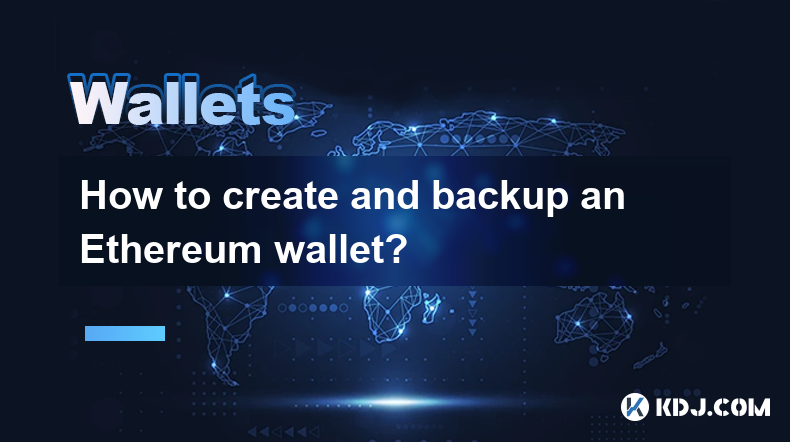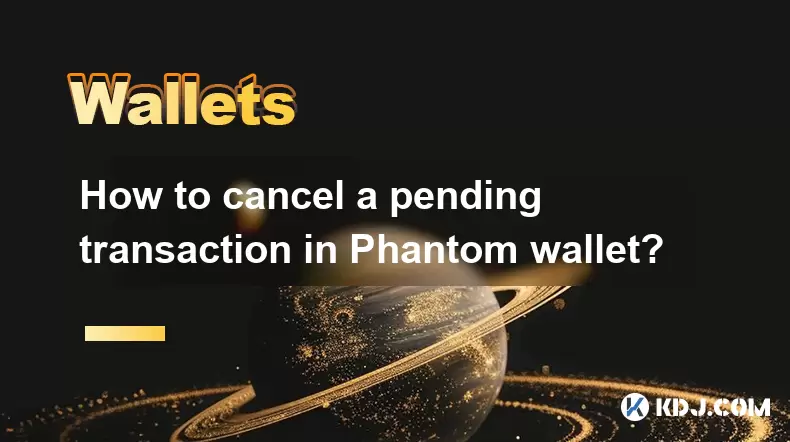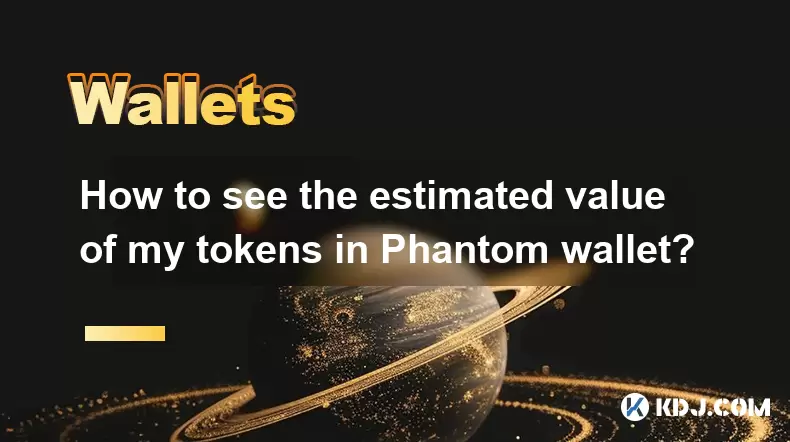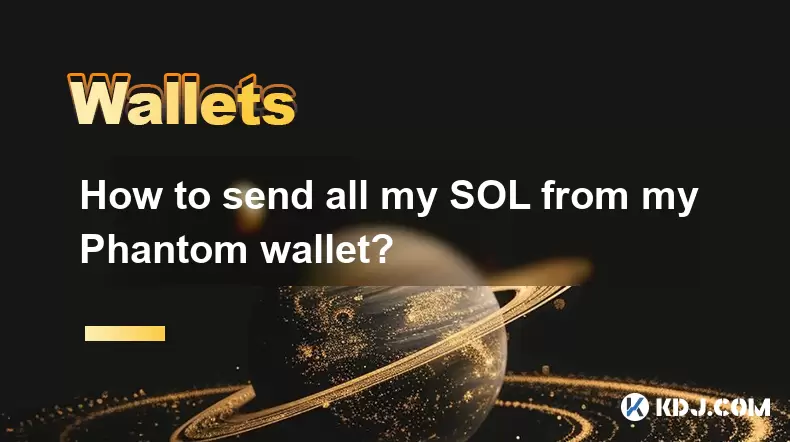-
 Bitcoin
Bitcoin $108,778.4882
0.68% -
 Ethereum
Ethereum $2,563.3783
2.01% -
 Tether USDt
Tether USDt $1.0001
-0.01% -
 XRP
XRP $2.2881
0.77% -
 BNB
BNB $662.2819
1.12% -
 Solana
Solana $152.2652
3.21% -
 USDC
USDC $0.9999
-0.01% -
 TRON
TRON $0.2873
0.90% -
 Dogecoin
Dogecoin $0.1715
4.20% -
 Cardano
Cardano $0.5868
1.50% -
 Hyperliquid
Hyperliquid $39.6796
1.73% -
 Sui
Sui $2.9136
0.85% -
 Bitcoin Cash
Bitcoin Cash $495.4980
1.77% -
 Chainlink
Chainlink $13.5765
3.06% -
 UNUS SED LEO
UNUS SED LEO $9.0753
0.53% -
 Stellar
Stellar $0.2503
3.73% -
 Avalanche
Avalanche $18.2012
1.86% -
 Shiba Inu
Shiba Inu $0.0...01174
1.83% -
 Toncoin
Toncoin $2.7998
-6.08% -
 Hedera
Hedera $0.1596
3.89% -
 Litecoin
Litecoin $87.3119
0.20% -
 Monero
Monero $319.5596
1.08% -
 Polkadot
Polkadot $3.3887
0.93% -
 Dai
Dai $0.9999
-0.01% -
 Ethena USDe
Ethena USDe $1.0001
-0.01% -
 Bitget Token
Bitget Token $4.3294
-1.36% -
 Uniswap
Uniswap $7.3898
1.60% -
 Aave
Aave $287.5336
5.76% -
 Pepe
Pepe $0.0...01005
3.24% -
 Pi
Pi $0.4588
1.90%
How to create and backup an Ethereum wallet?
Secure your Ethereum with a chosen wallet (software, hardware, or paper), meticulously backing up your seed phrase offline; losing it means irreversible loss of your crypto.
Mar 23, 2025 at 08:42 am

How to Create and Backup an Ethereum Wallet
Creating and securing an Ethereum wallet is crucial for interacting with the Ethereum blockchain. This involves choosing the right type of wallet, understanding its functionality, and implementing robust backup procedures. Neglecting these steps can lead to the irreversible loss of your ETH and other ERC-20 tokens. Let's explore the process in detail.
Choosing the Right Ethereum Wallet
Several wallet types cater to different needs and technical expertise. Software wallets, like MetaMask or Trust Wallet, are user-friendly applications installed on your computer or mobile device. Hardware wallets, such as Ledger or Trezor, offer the highest level of security by storing your private keys offline. Paper wallets, involving printing your public and private keys, provide offline security but carry risks of damage or loss. Finally, online exchanges like Coinbase or Kraken offer custodial wallets, where the exchange holds your private keys, trading convenience for security risks. Consider your comfort level with technology and your security priorities when choosing.
Creating a Software Wallet (MetaMask Example)
MetaMask is a popular software wallet. Here’s how to create one:
- Download the MetaMask browser extension or mobile app from the official website.
- Install the extension and follow the on-screen prompts.
- Choose a strong password. This password protects your MetaMask account access. Remember it; you'll need it every time you use the wallet.
- Write down your seed phrase (recovery phrase). This is a list of 12 or more words that act as your master key. Store it securely offline – it’s the only way to recover your wallet if you lose access. Never share it with anyone.
- Confirm your seed phrase. MetaMask will ask you to confirm your seed phrase to ensure you've written it down correctly.
- Once set up, you can add the Ethereum mainnet to your wallet and start receiving and sending ETH.
Creating other software wallets follows a similar process, with variations in interface but the core principle of password protection and seed phrase backup remains the same.
Creating a Hardware Wallet (Ledger Example)
Hardware wallets offer superior security. The process is slightly different:
- Purchase a Ledger device from a reputable source.
- Install the Ledger Live software on your computer.
- Connect your Ledger device to your computer.
- Follow the on-screen instructions to create a new wallet.
- Write down your 24-word recovery phrase. This is crucial for recovering access if your device is lost or damaged. Keep it safe and secure, separate from your device.
- You can now manage your Ethereum and other cryptocurrencies securely through the Ledger Live interface.
Backing Up Your Ethereum Wallet
The importance of backing up your wallet cannot be overstated. Loss of your private keys means permanent loss of your cryptocurrency. Different wallets have different backup methods:
- Software Wallets: The primary backup method is your seed phrase. Store it offline, in a safe place, perhaps a physical safe deposit box or split between multiple secure locations. Consider using a metal plate or a password manager to store your seed phrase securely.
- Hardware Wallets: Your 24-word recovery phrase is your backup. Store it securely, away from your hardware wallet. Never keep the recovery phrase on the same device as your hardware wallet.
- Paper Wallets: Store your printed public and private keys in a secure, fireproof, and waterproof location. Consider making multiple copies and storing them separately.
Understanding Private Keys and Public Keys
- Private Key: This is a secret code that grants you access to your Ethereum wallet and your funds. Never share your private key with anyone. Compromising your private key results in the loss of your cryptocurrency.
- Public Key: This is like your bank account number. You can share your public key to receive funds. It does not compromise your security.
Common Questions
Q: What if I lose my seed phrase or recovery phrase?
A: If you lose your seed phrase or recovery phrase, you will likely lose access to your Ethereum wallet and its contents. There is no recovery mechanism without it.
Q: Is it safe to store my seed phrase digitally?
A: No. Storing your seed phrase digitally significantly increases the risk of theft or loss due to hacking, malware, or device failure. Always store it offline and in multiple secure locations.
Q: Which wallet is best for beginners?
A: For beginners, user-friendly software wallets like MetaMask or Trust Wallet offer a good balance between ease of use and security.
Q: Are hardware wallets completely secure?
A: Hardware wallets significantly increase security, but they are not invulnerable. Physical theft or damage can still lead to loss of access if you do not have a backup of your recovery phrase.
Q: Can I recover my wallet if I forget my password?
A: Depending on the wallet, you might be able to recover your wallet using your seed phrase or recovery phrase. However, if you have not backed this up, recovery will likely not be possible.
Q: How often should I back up my wallet?
A: Back up your wallet immediately after creating it, and consider backing it up periodically, or any time you make significant changes to your wallet or security settings.
This information is for educational purposes only and does not constitute financial advice. Always conduct thorough research and understand the risks involved before engaging with cryptocurrencies.
Disclaimer:info@kdj.com
The information provided is not trading advice. kdj.com does not assume any responsibility for any investments made based on the information provided in this article. Cryptocurrencies are highly volatile and it is highly recommended that you invest with caution after thorough research!
If you believe that the content used on this website infringes your copyright, please contact us immediately (info@kdj.com) and we will delete it promptly.
- Bitcoin Wallet Hack? Coinbase Exec Sounds the Alarm on $8B Whale Movement
- 2025-07-07 18:30:12
- Mercado Bitcoin, Tokenization, and XRP Ledger: A Latin American Power Play
- 2025-07-07 18:30:12
- Ripple's RLUSD: Revolutionizing Cross-Margin Trading for Institutions
- 2025-07-07 18:35:12
- Babylon, Bitcoin, and the EVM Mainnet: A New Era for BTCFi?
- 2025-07-07 16:30:11
- Queen Elizabeth Coin Sells for £31,000: A Royal Fortune in Your Pocket?
- 2025-07-07 16:30:11
- XRP Price Check: Will Resistance Trigger a July Drop?
- 2025-07-07 17:10:12
Related knowledge

How to cancel a pending transaction in Phantom wallet?
Jul 03,2025 at 07:21pm
Understanding Pending Transactions in Phantom WalletA pending transaction in the Phantom wallet occurs when a user initiates a transfer or interaction with the Solana blockchain, but it hasn't yet been confirmed by the network. This can happen due to various reasons such as low transaction fees, network congestion, or incorrect gas settings. It's import...

How to see the estimated value of my tokens in Phantom wallet?
Jul 04,2025 at 12:21am
What is Phantom Wallet?Phantom wallet is one of the most popular cryptocurrency wallets designed for the Solana blockchain. It allows users to store, send, receive, and manage various tokens built on Solana, including SPL tokens and NFTs. The wallet offers a user-friendly interface, making it accessible for both beginners and advanced users in the crypt...

How to lock my Phantom wallet extension?
Jul 03,2025 at 11:14am
What Is the Phantom Wallet and Why Lock It?The Phantom wallet is a popular non-custodial cryptocurrency wallet designed for interacting with the Solana blockchain. Supporting both browser extensions and mobile apps, Phantom allows users to store, send, receive, and stake SOL tokens, as well as interact with decentralized applications (dApps). Securing y...

Does Phantom wallet offer two-factor authentication (2FA)?
Jul 03,2025 at 09:00am
Understanding Phantom Wallet and Its Security FeaturesPhantom wallet is a widely used non-custodial cryptocurrency wallet that supports the Solana blockchain. It allows users to store, send, receive, and interact with decentralized applications (dApps) seamlessly. As security is a top priority for any crypto wallet user, security features like two-facto...

How to send all my SOL from my Phantom wallet?
Jul 06,2025 at 10:00am
Preparing to Send SOL from Your Phantom WalletBefore initiating any transaction, it is crucial to ensure that your Phantom wallet is fully set up and connected to the correct network. Phantom supports multiple networks, but for sending SOL, you must be on the Solana blockchain. Confirm this by checking the network indicator in the top-right corner of th...

What is "rent" on Solana and how does it affect my Phantom wallet?
Jul 02,2025 at 08:35pm
Understanding 'Rent' on SolanaIn the context of Solana, the term 'rent' refers to a storage fee that users pay for maintaining data on the blockchain. Unlike Ethereum, where storage costs are paid once via gas fees during contract deployment, Solana implements a recurring cost model to ensure efficient usage of network resources. This means that any acc...

How to cancel a pending transaction in Phantom wallet?
Jul 03,2025 at 07:21pm
Understanding Pending Transactions in Phantom WalletA pending transaction in the Phantom wallet occurs when a user initiates a transfer or interaction with the Solana blockchain, but it hasn't yet been confirmed by the network. This can happen due to various reasons such as low transaction fees, network congestion, or incorrect gas settings. It's import...

How to see the estimated value of my tokens in Phantom wallet?
Jul 04,2025 at 12:21am
What is Phantom Wallet?Phantom wallet is one of the most popular cryptocurrency wallets designed for the Solana blockchain. It allows users to store, send, receive, and manage various tokens built on Solana, including SPL tokens and NFTs. The wallet offers a user-friendly interface, making it accessible for both beginners and advanced users in the crypt...

How to lock my Phantom wallet extension?
Jul 03,2025 at 11:14am
What Is the Phantom Wallet and Why Lock It?The Phantom wallet is a popular non-custodial cryptocurrency wallet designed for interacting with the Solana blockchain. Supporting both browser extensions and mobile apps, Phantom allows users to store, send, receive, and stake SOL tokens, as well as interact with decentralized applications (dApps). Securing y...

Does Phantom wallet offer two-factor authentication (2FA)?
Jul 03,2025 at 09:00am
Understanding Phantom Wallet and Its Security FeaturesPhantom wallet is a widely used non-custodial cryptocurrency wallet that supports the Solana blockchain. It allows users to store, send, receive, and interact with decentralized applications (dApps) seamlessly. As security is a top priority for any crypto wallet user, security features like two-facto...

How to send all my SOL from my Phantom wallet?
Jul 06,2025 at 10:00am
Preparing to Send SOL from Your Phantom WalletBefore initiating any transaction, it is crucial to ensure that your Phantom wallet is fully set up and connected to the correct network. Phantom supports multiple networks, but for sending SOL, you must be on the Solana blockchain. Confirm this by checking the network indicator in the top-right corner of th...

What is "rent" on Solana and how does it affect my Phantom wallet?
Jul 02,2025 at 08:35pm
Understanding 'Rent' on SolanaIn the context of Solana, the term 'rent' refers to a storage fee that users pay for maintaining data on the blockchain. Unlike Ethereum, where storage costs are paid once via gas fees during contract deployment, Solana implements a recurring cost model to ensure efficient usage of network resources. This means that any acc...
See all articles

























































































